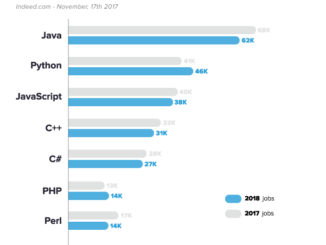
Mobile apps are all the rage. But how useful do language learners actually find them compared to traditional language software? In this article, I report the main findings of a survey that I conducted recently into students’ perception of mobile apps for language learning.
The survey was conducted among users of a French language and dictionary web site, with a total of 290 respondents answering. Of them:
- almost a third (31%) reported using a mobile device to help with language learning;
- almost another third (30%) reported that they did not possess a mobile device that could run apps;
- the remaining 39% reported that while they owned a device capable of running apps, they did not use that device for language learning.
Whether or not they used their device for language learning, all respondents were asked which of a number of features of mobile devices were a benefit to language learning. Among these, the clearest benefit perceived by respondents (56% in agreement) was that apps promote “bite-sized” learning: mobile apps are generally designed to be picked up for a short amount of time without the need for long spells of concentration.
At present, respondents apparently do not perceive the use of apps as being part of “mainstream learning” but this can be to their advantage. Just over a third of respondents (38%) agreed that an advantage of apps was that they allowed learning outside a school or other formal environment. A similar number (37%) saw a benefit in apps as being an “additional means” of language practice to “help things sink in”. It will be interesting to see how these perceptions change as more mobile devices are adopted on a more mainstream basis in the classroom.
With the available audio, visual and tactile interfaces available on today’s mobile devices, we might have found interactivity to be a benefit. But fewer respondents thought this to be the case, with only 25% agreeing with the statement “I find a mobile app more interactive”. This may be a message to app designers that they still need to work at putting devices’ input and output facilities to better use.
With the average price of an educational app at just a few dollars (and increasing downwards pressure on app prices), one might have expected the low price of apps to be perceived as benefit. Perhaps surprisingly, users did not find price to be a key factor: only 22% of respondents agreed that the lower price of apps compared to regular software was a benefit.
This survey has given an initial picture of trends in users’ perception and experience of using mobile apps for language learning. In particular, users appear to appreciate the benefits of mobile apps as a means for extracurricular, bite-sized learning. On the other hand, it appears that they are not yet fully benefiting from the potential interactive features of mobile devices.
Proudly WWW.PONIREVO.COM
Source by Neil Coffey



